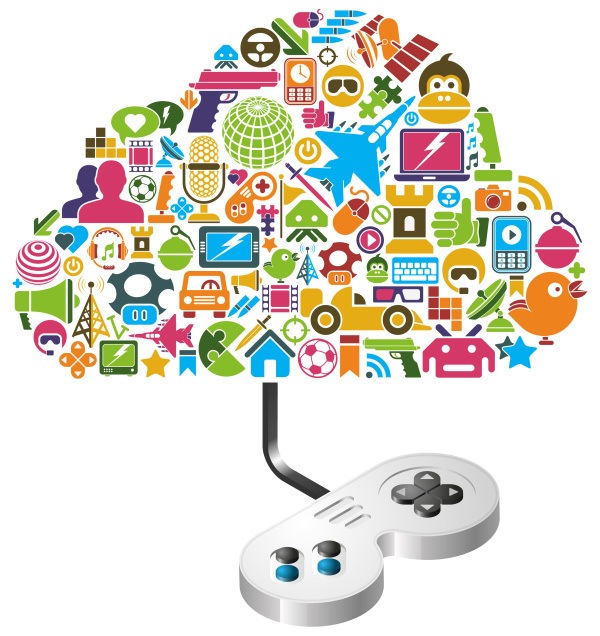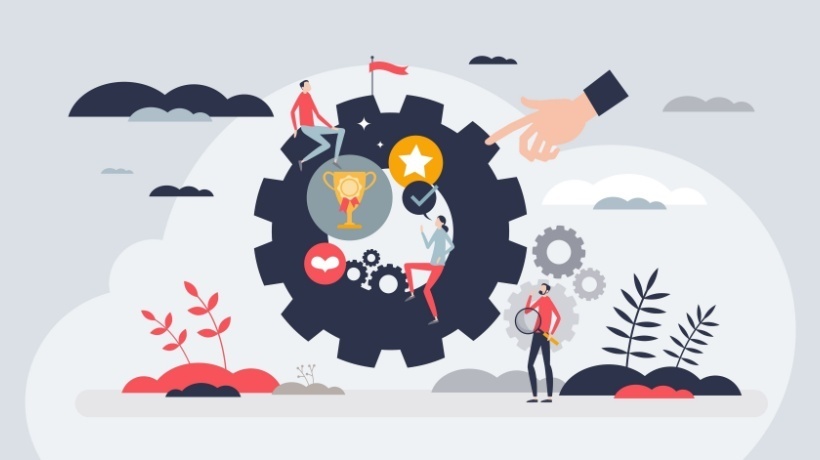Know The Difference Between Gamification And Game Based Learning To Reap The Benefits Of Both
With evolution of technology, there is continuous evolution in technology-aided learning as well. New ways of imparting continuous learning is now a priority for most organizations who realize the worth of effective learning within the workspace. While some trends come and go, there are some which leave an indelible mark on the way things are, such as gamification and game based learning (GBL).
In simple terms, game based learning using a unique game or simulation to cater to the evident learning needs of a group. Often called Serious Games, these have a definite learning objective that is achieved through the path that the game lays out. It is usually an immersive experience, which offers learners something to “do”; think logically, plan strategically, and move ahead towards the goal.
Gamification, on the other hand, is the process of applying game based elements or mechanics to existing learning platforms or content to increase learner interest and motivation. The game mechanics can be applied in the form of achievements, rewards or recognition, opportunity of self expression, or even plain old competition. These mechanics help learners achieve more through goal orientation, increasing persistence, learning by repetition, or through collaboration with peers.
How To Implement Gamification And Game Based Learning To Corporate Training
Let’s see how game based learning and gamification can be implemented for effective corporate training.
- Implementing Game Based Learning.
- Utilizing existing games.
It is a good idea to utilize games that have already been developed to help teach your content. There are plenty of off the shelf games available, both educational and commercial. Further, adapting them a little to suit your needs is another option available for quick and efficient game based learning delivery. There are many types of games that can be adapted for teaching and learning purposes. For instance, word games can be utilized to help employees develop better vocabulary and language skills. Similarly, strategy based games like Cluedo can help hone logical thinking in learners. - Creating customized games.
It is also possible to create a learning game or simulation, custom created to suit the needs of the organization or the learners. Though this is not a small undertaking, with more and more gaming enthusiasts in the learning community, creating a serious game is possible within available budgets and timelines. Though, if we compare it to using an off the shelf game, it does take more time, effort, and money, but the difference lies in the way it is most suited to the learning needs.
- Utilizing existing games.
- The Gamified Content Or Learning Management System.
- Gamified Content.
Existing e-courses can be made more effective by introducing game based elements. These can include tests or quizzes to gain points, mandatory minimum score on tests, incentives for completing a course, or scoring highest. This requires small modifications in the existing content, but gives a lot of push for learning among the learner group. - Gamified Learning Management System.
Game based elements can also be built within the learning platform of an organization, providing the required push for learning across all learning content that resides on the platform. A gamified Learning Management System (LMS) can be of 3 types; Basic Level, Advanced Level, and Specific Level. The basic gamified Learning Management System has features like badges or levels that the learners attain, points that can be accumulated, leader boards, and even social integration. The more learning content the learner accesses, the more points he/she accumulates or is promoted to the higher level. He/she is featured on the leader board as a top performer, and this news is shared via Facebook or Twitter. This is heady effect that pushes the learners. Advanced gamified Learning Management Systems have personalization options like avatars. Redeemable points can be accumulated; not just by an individual leaner, but by the collaborative efforts of a group. Game based elements within the user interface (UI) provide a completely immersive experience that results in impactful learning. Specific components of games can be utilized to create a push for learning within the content on the Learning Management System. For instance, performance of learners can be mapped with the kind of content they are suggested to read. Or spaced learning opportunities can be provided as and when the learner reaches certain level or gains a certain number of points.
- Gamified Content.
So, it is evident that gamification and game based learning are related, but they’re two separate things. Game based learning is based purely on the motivational elements of games. Gamification, on the other hand, is also motivational, but focuses more on changing the way eLearning is presented to the learner. There is also no doubt that both gamification and game based learning are excellent tools for increasing learner engagement.









